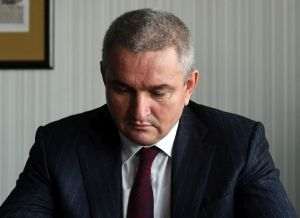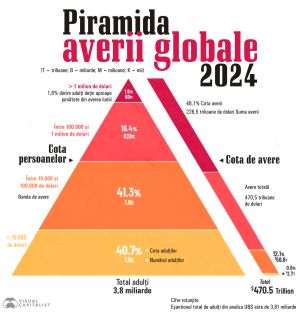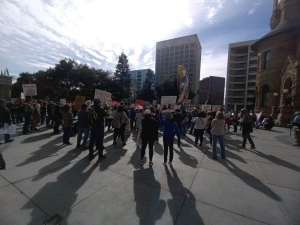The 3-month ROBOR rate, which is used to calculate the interest rates, the majority of the loans denominated in lei, has jumped past the 2% psychological level, and yesterday reached 2.06%, up from Tuesday's 1.92%, according to data from the NBR.
The accelerated rise of this index, which began one month a half ago, doesn't seem to be stopping, in fact it seems to be picking up speed.
The hike of the ROBOR was unavoidable, market analysts claim, who have repeatedly warned that it isn't just in Romania that the interest rates have begun rising and that the time of low interest rates has passed. Ionuţ Dumitru, the president of the Fiscal Council recently told us: "This means that it needs to be clear for everybody. As long as inflation is rising, and it is rising rather quickly (we have 1.8% inflation in September, compared to 1.2% in August), the ROBOR will also rise. For example, our estimates for the end of the year are that inflation will reach 2.4%, 3% for the first quarter of 2018 - somewhere past 3.5% and over 4% in mid-2018. In this context it was unavoidable, and I want to emphasize that - unavoidable -, for the interest rates to rise. Whether it increases faster or slower, it can be a long talk, but the trend for the rise of the ROBOR in the coming quarters was unavoidable".
The interest rates have already risen significantly, in the market, which recently drew the attention of NBR governor Mugur Isărescu, who explained that one of the reasons which led to the booming rise of the ROBOR was the improved collection rate of the ANAF, which led to the drop of market liquidity and respectively, to the rise of the interest rate. Mugur Isărescu said: "When the general account of the Treasury is at the NBR, the money that reaches that account is a removal from the money supply, and the Ministry of Public Finance can end up having as much as 20 billion lei in its account. We gave them 9 billion lei (ed. note: as part of the Repo operation conducted after the first rise of the ROBOR, when the NBR injected 9.3 billion lei in the market), to offset the money supply which the Ministry of Finances withdrew. In September, the money was withdrawn from the market when banks were creating their Minimum Mandatory Reserve (RMO). There are two factors that coincided for the first time after many years - along with the formation of the ROMO also came the better collection from the Ministry of Public Finances. (...) And bankers got scared, because they tend to be "fraidy cats".
In October and November, the Ministry of Finance kept a good chunk of what it accumulated in September, as it will probably make large payments in December, the NBR governor said.
In the opinion of Adrian Vasilescu, strategy consultant with the NBR, a perfect tax collection rate does not necessarily depleting the liquidity of the banking system, because it is a process which goes both ways, as the Ministry of Finance both collects and spends, which is the mechanism which allows the market to adjust.
In order to manage the liquidity in the banking system, the National Bank of Romania (NBR) conducted four repo operations in October, injecting 9.3 billion lei on October 3rd, approximately 4.13 billion lei on October 10, over 1 billion lei on October 23rd and respectively 4.12 billion lei on October 30.
6-month ROBOR yesterday rose to 2.17% from 2.07%, while 9-month ROBOR rose to 2.21% up from 2,12%, and the 12-month index went from 2.17% to 2.24%.
ROBOR (Romanian Interbank Offer Rate), which represents the median rate of the interest rate for loans denominated in lei granted on the interbank market, has risen at a quick pace lately, nearing 2% rapidly, up from values below 1% in September.



























































